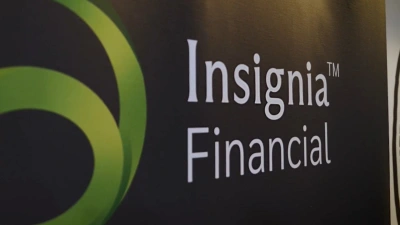0.5% levy cap urged for any compensation scheme of last resort


The Federal Government’s proposed compensation scheme of last resort (CSLR) should be funded by all industry participants and should be based on a levy capped at 0.5% of revenue, according to the Institute of Managed Account Professionals (IMAP).
In a submission filed in response to a Treasury discussion paper on the CSLR, the IMAP is recommending broad coverage for claimants extending across advice, investment product losses, personal lending losses and superannuation, but not including bank liabilities.
It said compensation should be available for retail and wholesale investors in Australia where they had less than $10 million invested, but that the compensation should be aligned to the limit applying to the bank despite guarantee scheme – $250,000.
“IMAP recommends a levy which is based on funds under advice, administration, management or lent and the levy must be capped for each organisation to avoid severe contingent liability issues and IMAP recommends this be 0.5% of revenue,” the submission said.
In doing so it recommended a tiered compensation scheme structured around a pool to meet claims in any year of $100 million, catastrophe insurance to cover claims in any year or from a single event between $100 million and $1 billion and Government funding for any claims in a single year in excess of $1 billion “on the grounds that this is symptomatic of regulatory failure”.
The IMAP submission also warns that the creation of a pool of funds to be used to compensate people for adverse financial outcomes will create both risks and complex, particularly when the pool can be replenished by incremental or subsequent levies on those who remain in business but were not involved in causing the compensated losses.
Among the factors raised by IMAP was the possibility that precisely those organisations most likely to cause a claim on the CSLR were likely to promote the existence of the scheme as a way of promoting their services.
It also suggested that the existence of the CSLR might reduce the level of caution which an investor ought to exhibit in their decision-making.
Recommended for you
A financial advice firm has been penalised $11 million in the Federal Court for providing ‘cookie cutter advice’ to its clients and breaching conflicted remuneration rules.
Insignia Financial has experienced total quarterly net outflows of $1.8 billion as a result of client rebalancing, while its multi-asset flows halved from the prior quarter.
Prime Financial is looking to shed its “sleeping giant” reputation with larger M&A transactions going forward, having agreed to acquire research firm Lincoln Indicators.
An affiliate of Pinnacle Investment Management has expanded its reach with a London office as the fund manager seeks to grow its overseas distribution into the UK and Europe.














